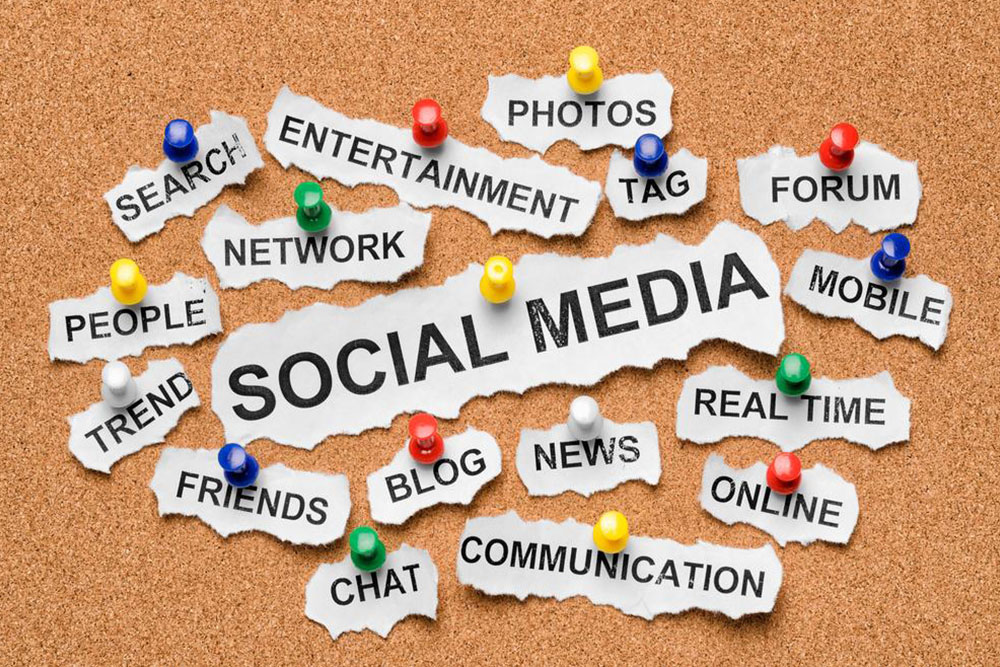Creative Strategies to Design Eye-Catching and Engaging Classroom Bulletin Boards
Discover creative, interactive, and visually appealing ideas for designing captivating classroom bulletin boards. Learn practical tips including 3D effects, recycling materials, using popular characters, and creating engaging communication spaces to inspire student participation. Enhance your classroom environment today with these innovative display strategies that make learning fun and memorable.

Creative Strategies to Design Eye-Catching and Engaging Classroom Bulletin Boards
In educational settings, especially at the start of a new school year, classroom environment plays a vital role in shaping students' mindset and motivation. One of the most prominent features in any classroom is the bulletin board. It serves not only as a decorative element but also as a vital communication tool, a motivational space, and a visual aid for various lessons and themes. Therefore, designing eye-catching, informative, and interactive bulletin boards is essential for teachers who aim to foster a positive learning environment and keep students engaged from the first day back in the classroom.
Effective bulletin boards do more than just decorate. They inspire curiosity, promote learning, and create a welcoming atmosphere that encourages student participation. To achieve this, teachers can adopt numerous innovative design techniques, creative themes, and interactive features that transform plain surfaces into vibrant educational displays. In the following sections, we explore detailed ideas and practical tips to help teachers craft captivating bulletin boards that enhance classroom dynamics and motivate students throughout the academic year.
Adding 3D Elements for Depth and Visual Interest: Traditional bulletin boards often appear flat and uninspiring. To make them stand out, incorporate three-dimensional elements that add depth and texture. For example, you can create DIY fringed grass, textured bark designs, or branch cutouts to simulate natural scenes. These elements can be stapled or glued onto the board to give it a sense of movement and liveliness. The use of 3D effects helps draw students' attention, making important messages or themes more memorable. For instance, a science-themed board with layered leaves and insects or a seasonal winter scene with snowflakes can captivate students’ imagination and reinforce the lesson content.
Utilize Popular Characters and Cartoon Themes: Incorporate well-loved comic book and cartoon characters that resonate with students' interests and hobbies. Characters like superheroes, adventure adventurers, or popular animated figures can be used to promote positive messages, kindness, perseverance, and teamwork. Visuals of familiar characters not only make the board more inviting but also serve as conversation starters, encouraging student participation. For example, a motivation-themed board featuring beloved characters overcoming challenges can inspire resilience and confidence among learners.
Recycle and Repurpose Old Materials: Upcycling unused or leftover classroom supplies is both cost-effective and eco-friendly. Turn old posters into pocket charts by cutting and creating compartments for classroom activities or word collections. These can be decorated further with stickers, borders, or drawings to match the current theme. If space is limited, cover an unused chalkboard with contact paper to temporarily transform it into a display surface or a header for other displays. Creative reuse fosters resourcefulness and teaches students the importance of sustainability.
Create Attractive Decorative Borders: The right borders significantly enhance the appearance of bulletin boards. Use colorful borders, patterned tape, or layered papers to frame your displays. You can design borders that coordinate with specific themes—such as seasonal holidays, academic subjects, or class projects. Extending borders across larger wall sections can create a unified and professional look. Borders also help define different sections on the board, making it easier for students to navigate the information presented and adding a finished, polished aesthetic to the classroom environment.
Design Interactive Mailbox or Message Boards: Transform your bulletin board into a dynamic communication hub. Attach mini library card pockets or envelopes where students can leave notes, questions, or comments. This encourages ongoing communication and provides a space for student feedback. Teachers can insert daily messages, motivational quotes, or assignment reminders for students to see easily. An interactive mailbox board fosters a sense of community and allows students to feel involved in classroom activities, making the learning space more lively and participatory.
In summary, designing creative and interactive bulletin boards can transform your classroom into an inspiring and motivating learning environment. These visual displays help reinforce lessons, celebrate student achievements, and foster better communication. By exploring do-it-yourself ideas and incorporating everyday supplies, teachers can craft vibrant, resourceful displays that make learning fun and engaging for students of all ages. The key is to balance creativity, practicality, and interactivity to produce bulletin boards that not only look great but also serve as effective educational tools.




